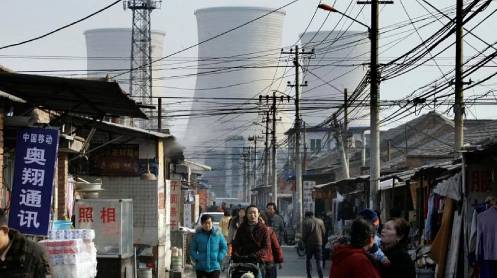A recent report by Norwegian risk assessment firm DNV suggests that China’s coal consumption, although expected to decline by one-third by 2040, will still remain a significant part of its energy mix. This outlook contradicts global climate goals that aim to phase out coal power capacity by 2040 to limit temperature rises.
According to the report, China’s coal consumption will experience a minor increase in the next two years before gradually decreasing. However, coal will continue to play a substantial role, comprising around 25% of its peak consumption by 2050.
Despite a significant increase in renewable energy generation, which is predicted to make up 88% of China’s power mix by 2050, the country remains committed to utilizing coal. This commitment is evident from the approval of additional coal power plants and the dominance of sectors like iron and steel in coal consumption.
While China aims for carbon neutrality by 2060, the report suggests that the country’s carbon emissions will peak by 2026, ahead of the official 2030 target. However, challenges remain in sectors like steel, where decarbonization efforts are lagging.
The report also anticipates a rapid decline in oil demand, particularly in the road sector, driven by electrification. By 2050, oil demand in China’s road sector is expected to plummet by 94%, showcasing a swift transition toward cleaner energy sources.
Despite these shifts, China’s continued reliance on coal and the slower pace of decarbonization in certain sectors highlight the complexities of transitioning to a low-carbon economy while meeting energy demands.







